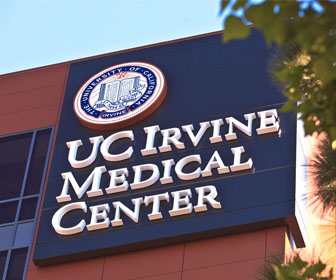Laparoscopic wedge resection of the liver involves
the removal of a surface tumor and a large amount of normal liver tissue. This
procedure is performed with a minimally invasive method that utilizes a
laparoscope (a small video camera) and small instruments inserted through small
incisions.
Also
Known As:
- Removal of a
portion of the liver
- Laparoscopic
liver resection
- Laparoscopic
surgery
Conditions
Treated with Laparoscopic Wedge Resection of the Liver:
Laparoscopic wedge resection of the liver may be
performed in cases of surface liver cancer or a benign tumor.
There are no comparable non-surgical alternatives to
laparoscopic wedge resection of the liver. Open liver surgery is a surgical
alternative to the procedure.
Anesthesia
with Laparoscopic Wedge Resection of the Liver:
Laparoscopic wedge resection of the liver is
performed under general anesthesia, which means that the patient is asleep and
completely unaware during the procedure.
Potential
Complications from Laparoscopic Wedge Resection of the Liver:
Possible risks following laparoscopic wedge
resection of the liver include infection, bleeding and a negative reaction to
the anesthesia.
Prognosis
after Laparoscopic Wedge Resection of the Liver:
The prognosis for a positive end result following
laparoscopic wedge resection of the liver is good.
Recovery
from Laparoscopic Wedge Resection of the Liver:
Total recovery from laparoscopic wedge resection of
the liver takes five to six weeks.



.jpg&h=350)
.jpg&h=343)

















